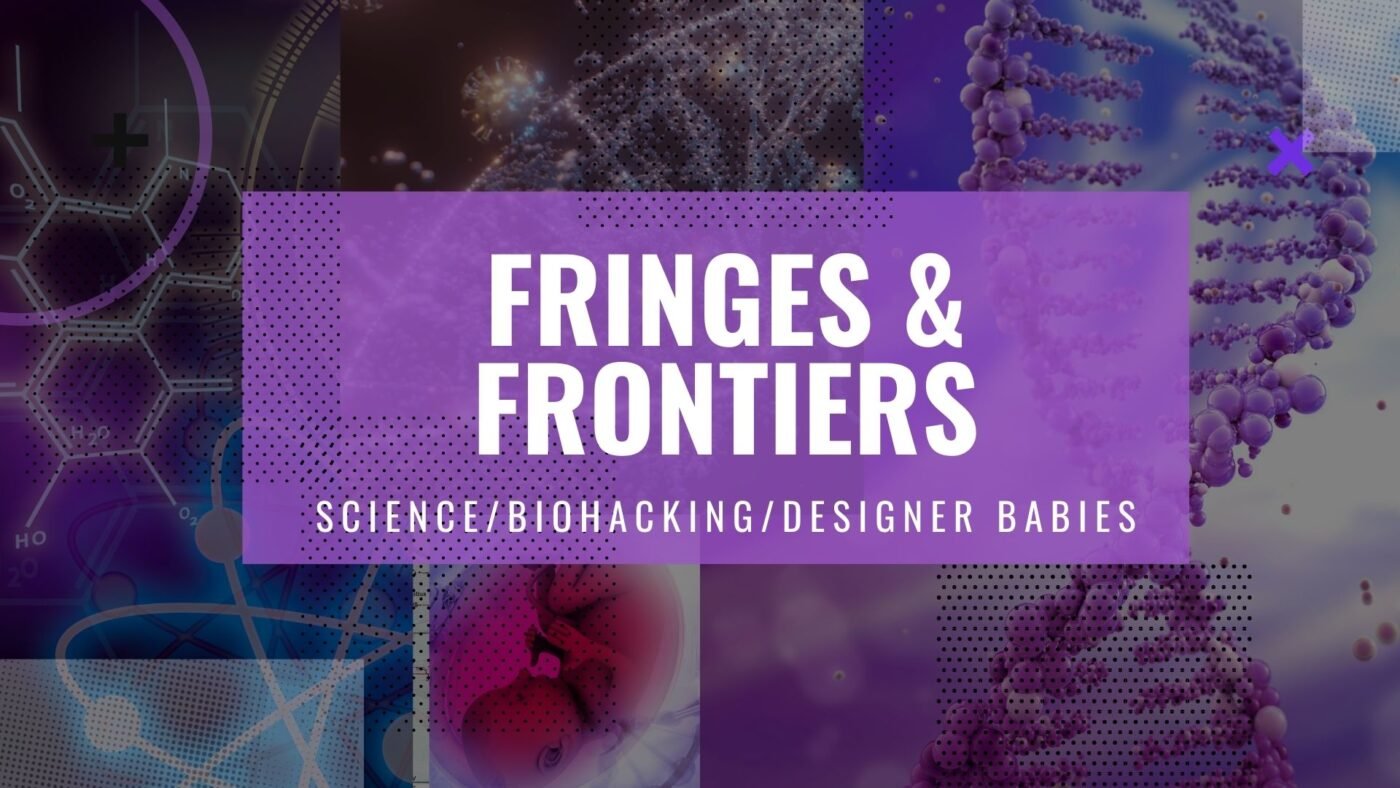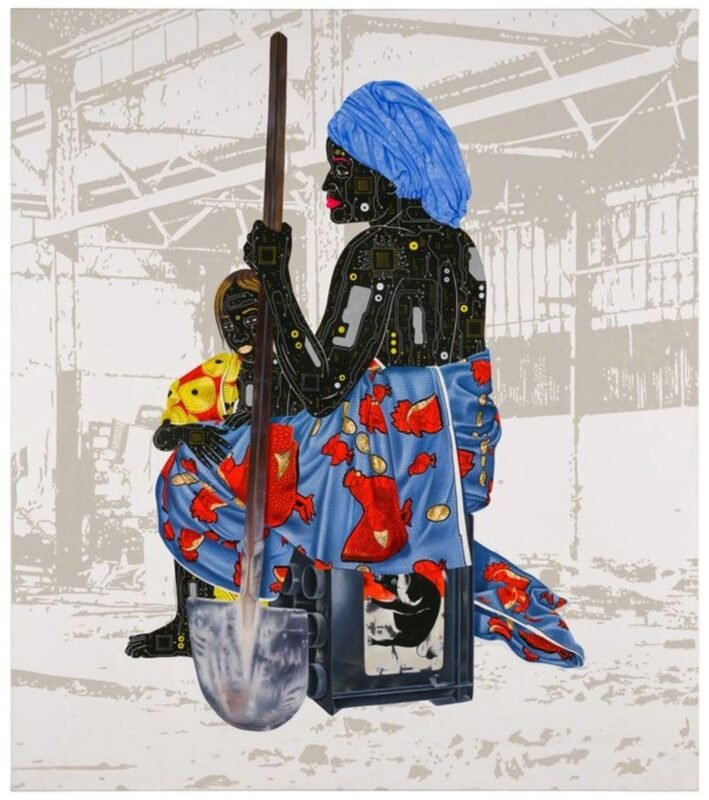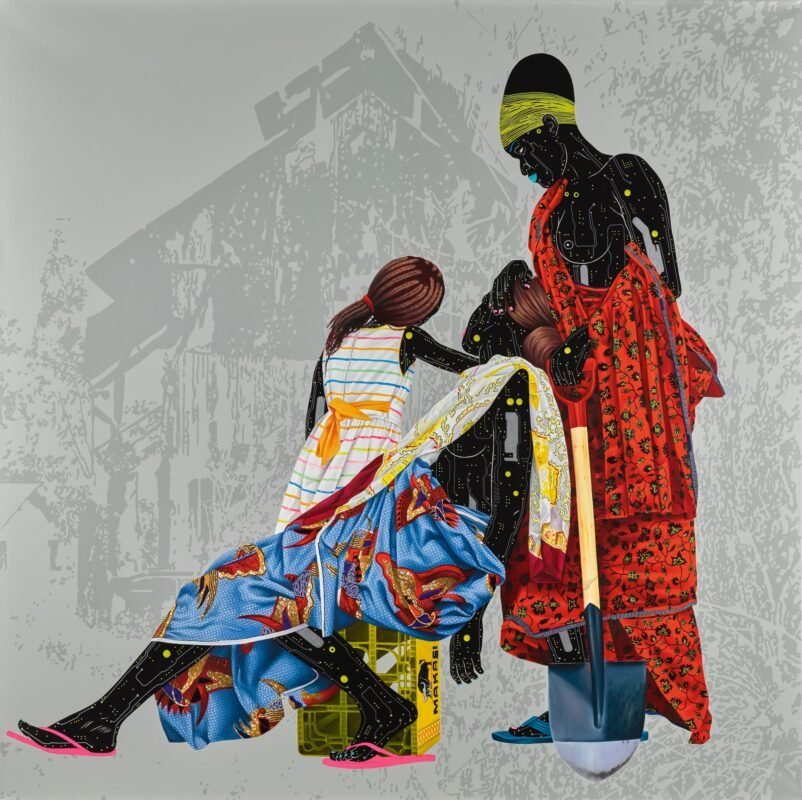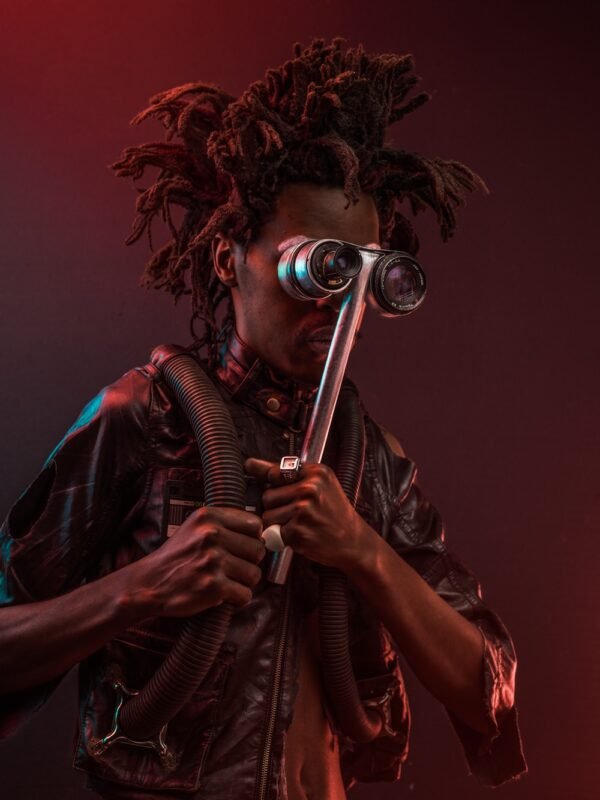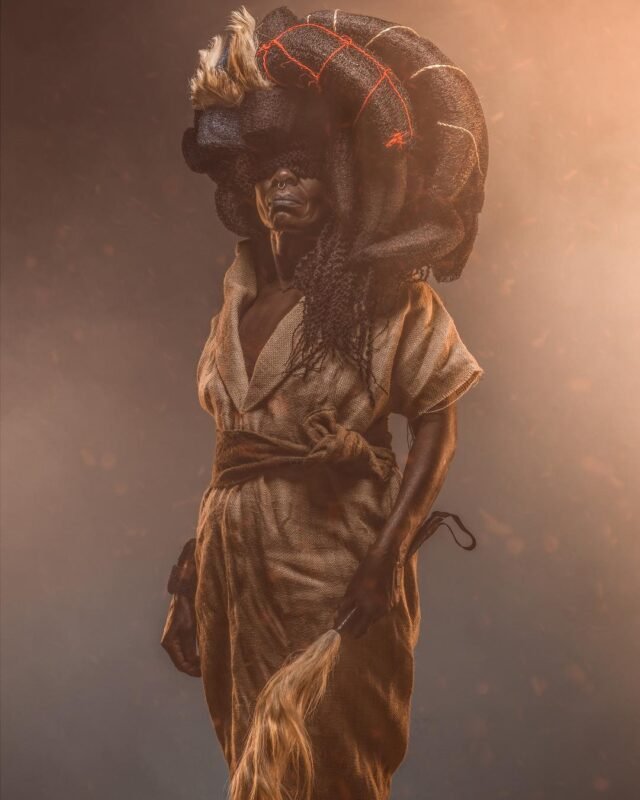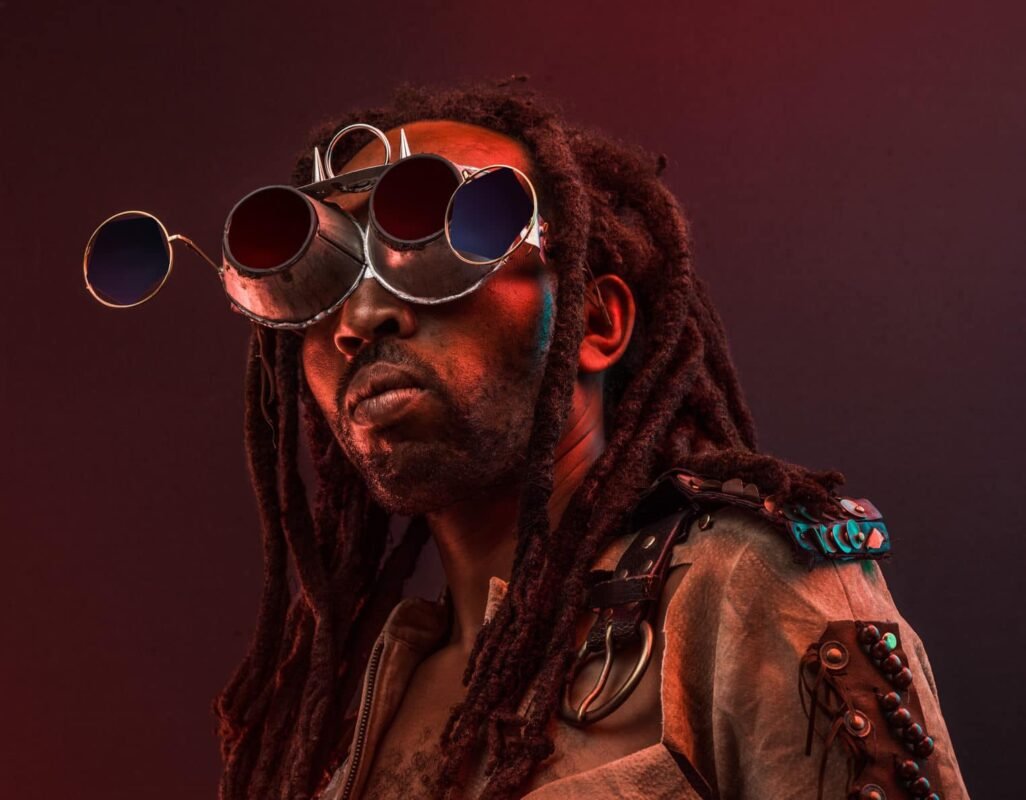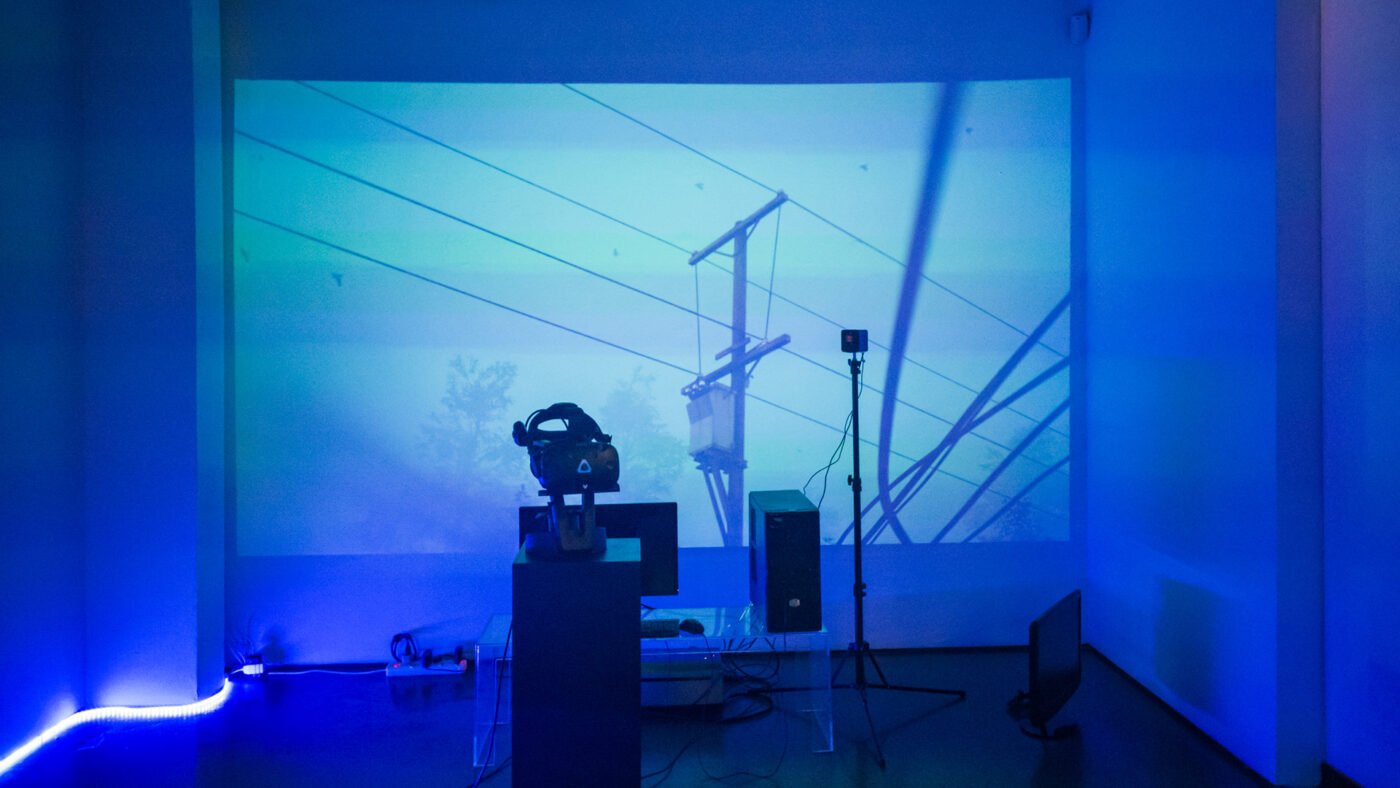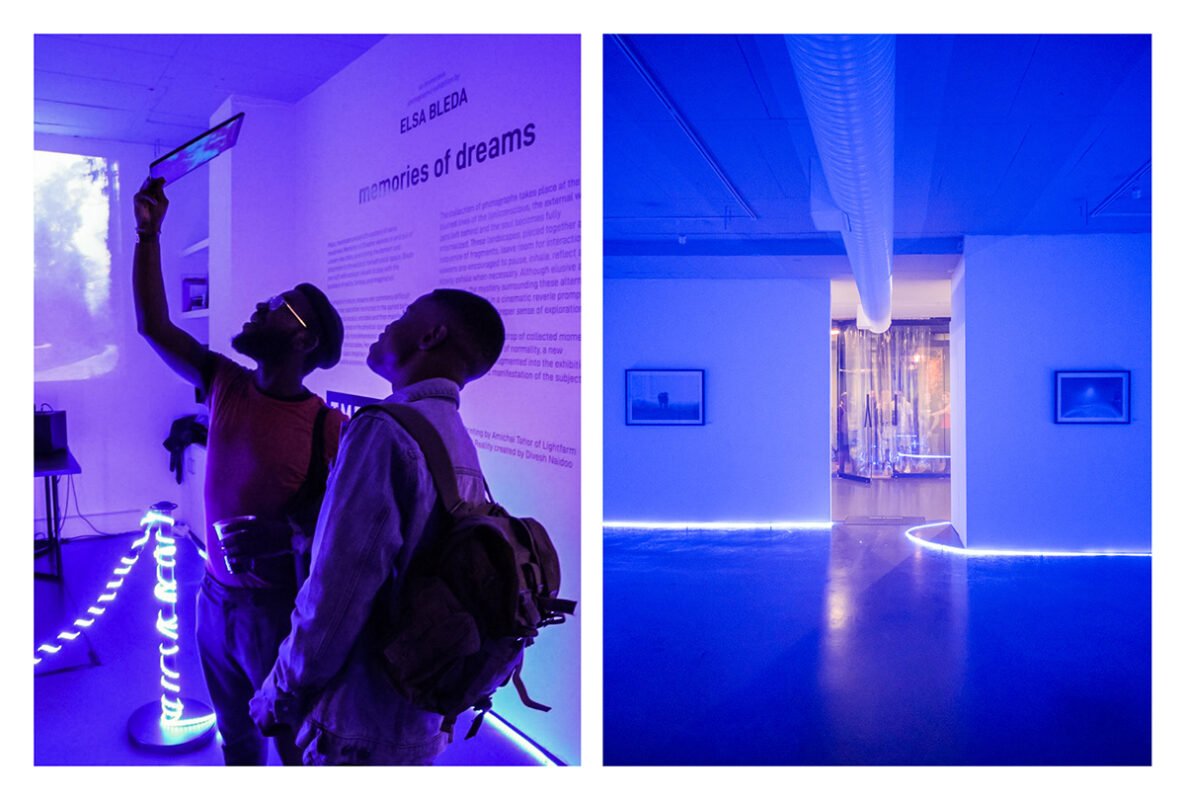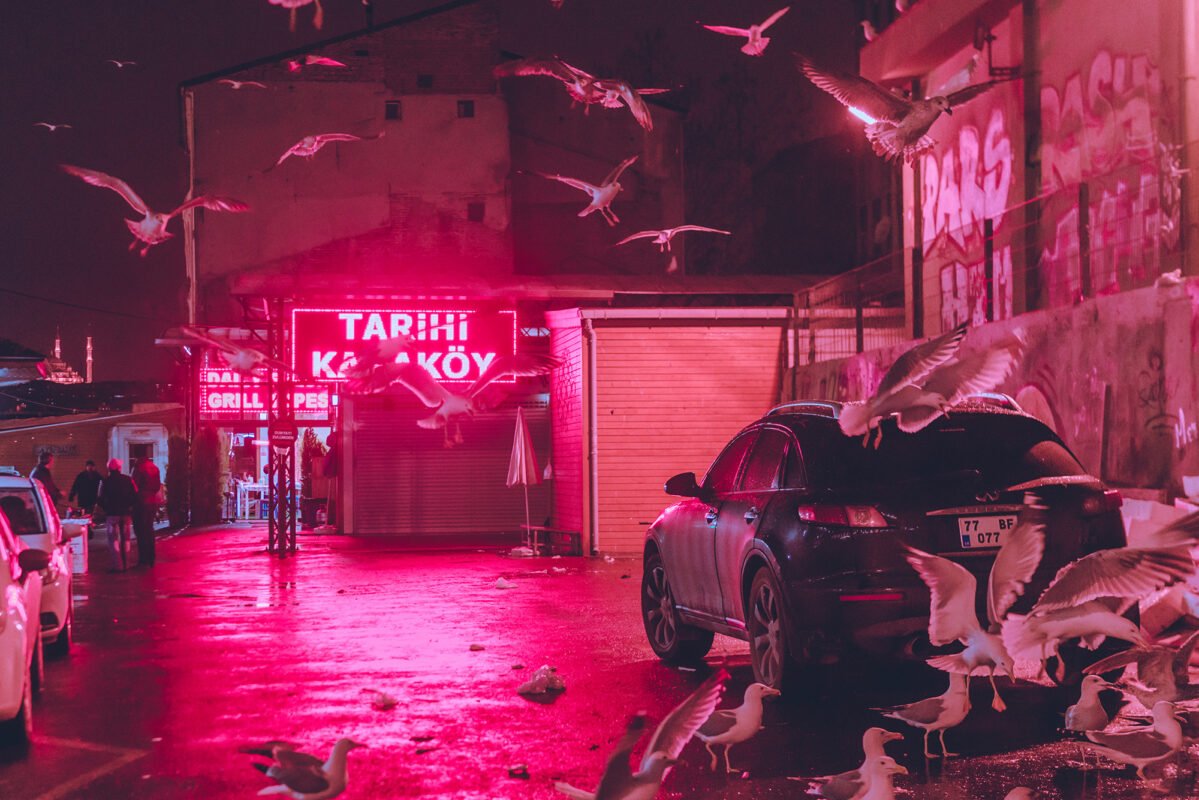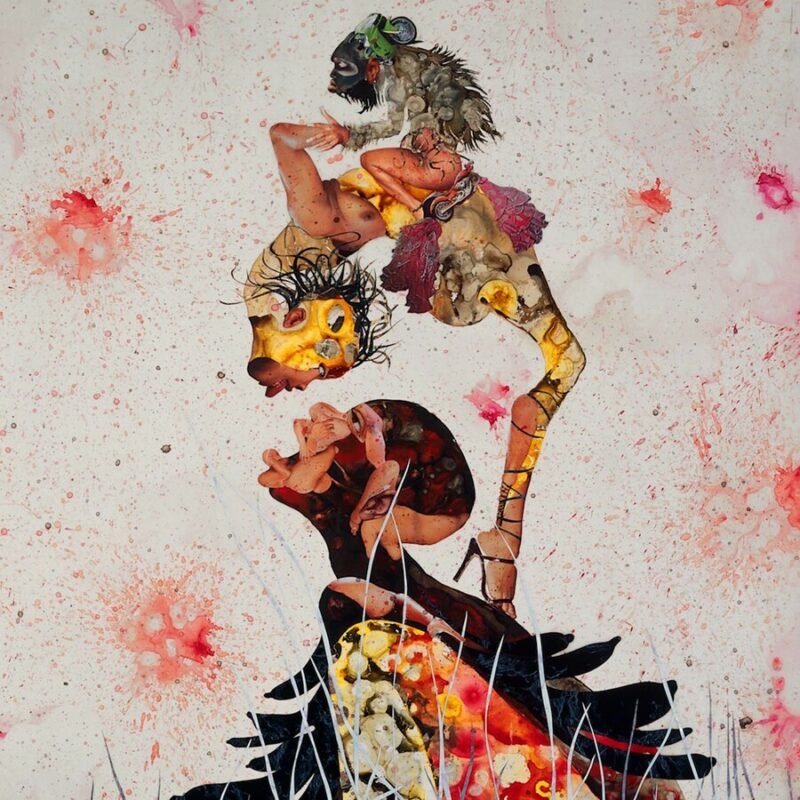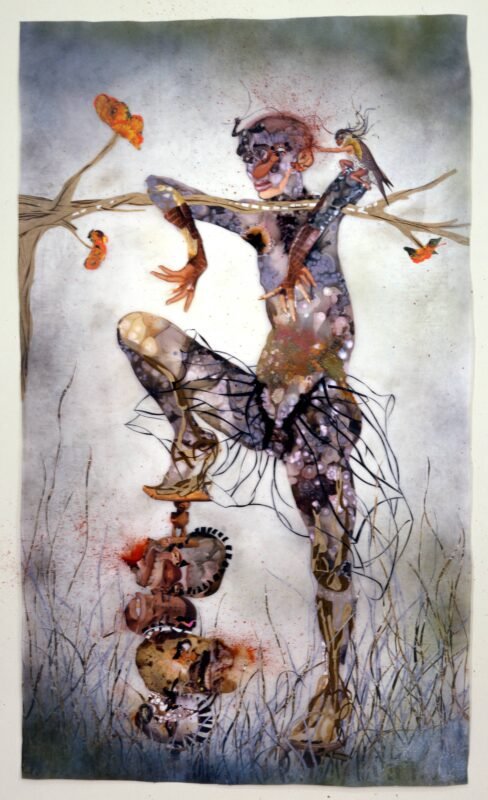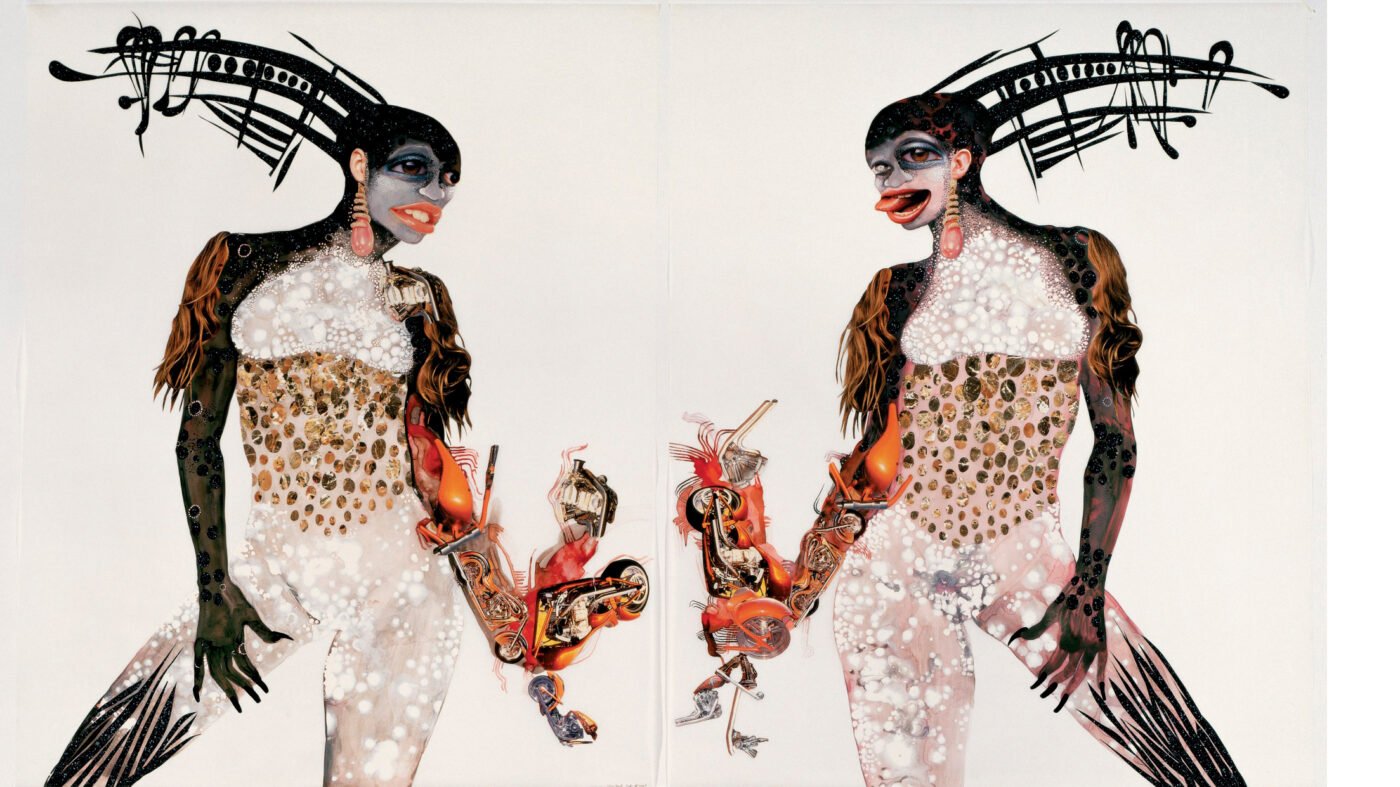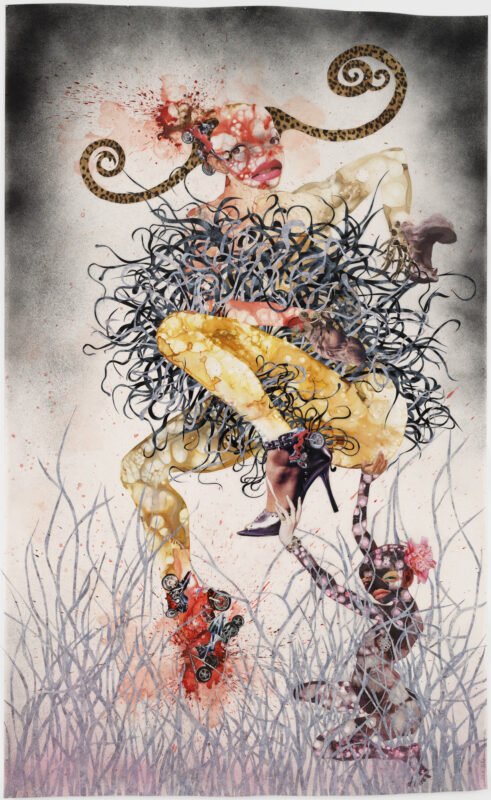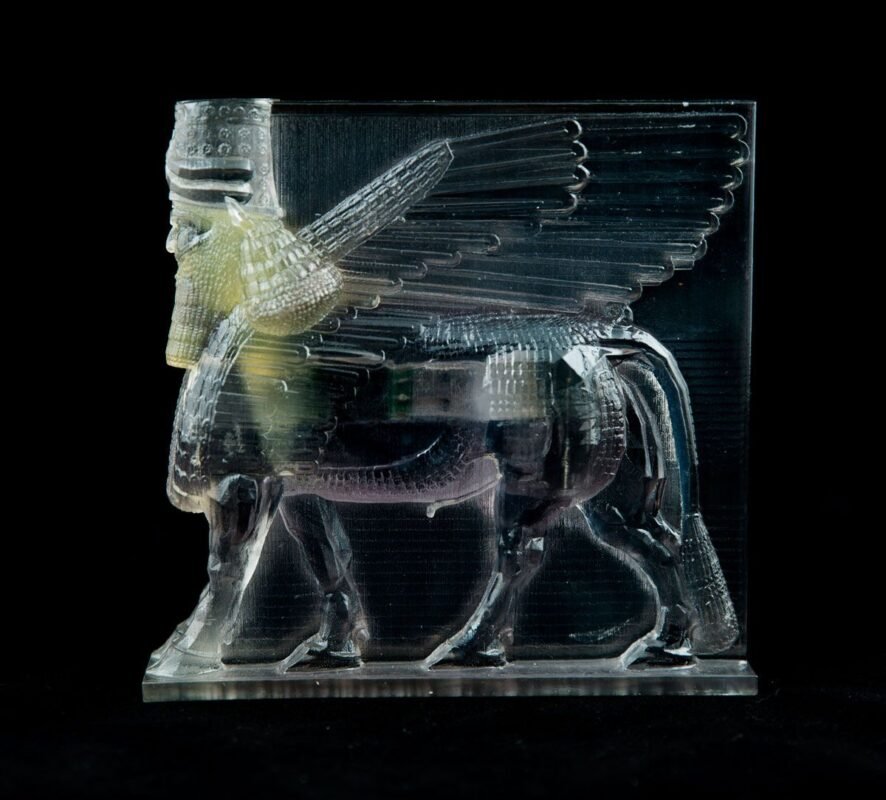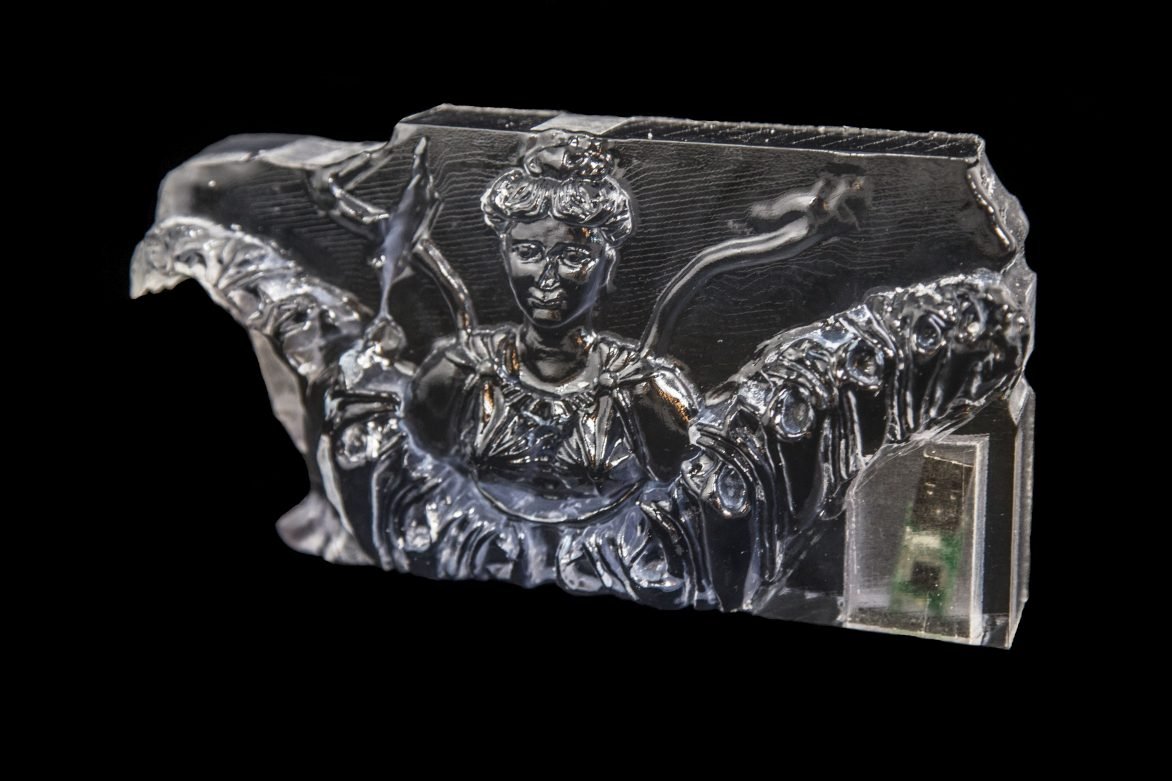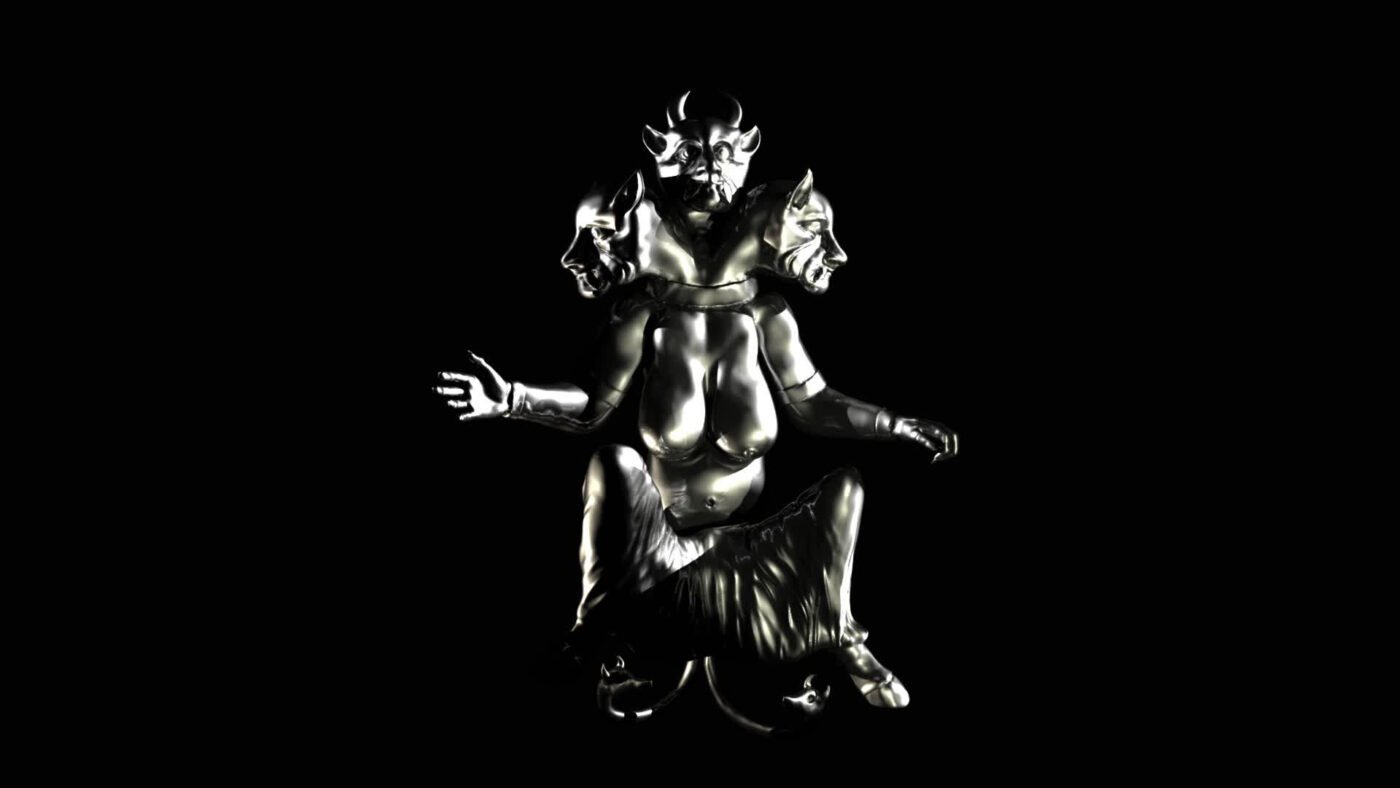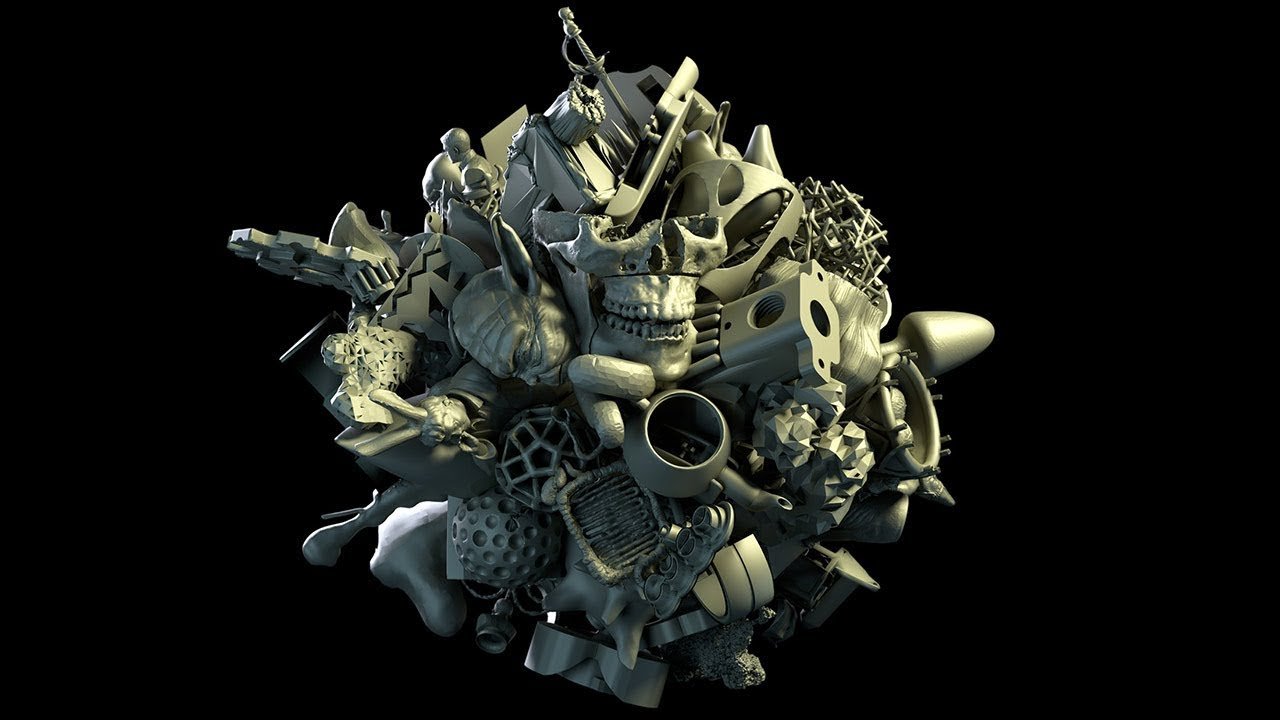No products in the basket.
Visual Diary
Fringes and Frontiers – on the edge of science
This blog post is a part of our series on Visual Diaries. In this course, we teach you how to develop your own artistic style and voice. One of the vital stepping stones is to find a topic you are passionate about and feel eager to change or resolve it. We have identified 7 Major Global Issues with lots of subcategories to get you started. The 7 main categories are:
- Polarization
- Environmental Sustainability
- Social Sustainability
- Economic Sustainability
- Fringes and Frontiers
- Safety and Security
- Freedom
Please bear in mind that these topics overlap, interject and fuse together. Some can even be condensed more. But for the sake of our videos, I have finally decided to stick to these 7.
This blog post focuses on topic number five Fringes and Frontiers. The purpose is to create awareness, pique your interest and make you attentive to the specific situations causing this global issue. We want you to become passionate, angry and excited about the topic you choose.
Introduction to Fringes and Frontiers
This is probably my favourite topic because it is so positive.
Do you sometimes feel overwhelmed by all the world’s problems? Everything just seems to be going downhill. We are constantly bombarded by the Media with doom and gloom. Barack Obama asked, “If you had to choose a time to be born and you didn’t know who you’d be or where you’d be, what time would you choose?” It ultimately boils down to if you believe the world is becoming a better or worse place to live? Actually, the trend is going up! That’s right, this is the best time to be alive. If you believe, otherwise you might be suffering from historical ignorance. As humans, we suffer from a negativity bias. Negative stuff seems to stick to us more than positive stuff. We need to step back and look at history as a whole, and we will see all the beautiful changes and innovations making our world a better place to live. This is where Fringes and Frontiers come in. It refers to the fringe of our human knowledge, the edge that we are constantly peering over to discover and invent more.
We are learning and discovering now at a staggeringly new rate. Topics include Biohacking, where we can now make designer babies, and even attempt to breed glow-in-the-dark dogs. Then there, Virtual Reality immerses us and blurs the edges between reality and fiction. Some amazing uses for Virtual Reality include virtual reality surgery, where first-time doctors can practice operations. This is also used to teach first-time drivers and pilots. VR also reduces pain for burn victims by immersing them in a snowy world while their bandages are changed. It is also used to assist people with phobias in overcoming their fear, such as fear of heights, fear of spiders or body dysmorphia. Then we have Bionic Humans. This refers to merging man and machine. Humans who have bionic implants. These are highly advanced pieces of technological equipment that are merged with the human body.
Many other cool inventions keep improving our everyday lives, such as talking glasses, self-driving cars, and smart canes for blind people with built-in google maps.
In movies and pop culture, the rapid technological advances are often depicted with robots taking over the world. Why is that? That’s because all this development and inventions come with great ethical responsibility. What would happen if becoming a bionic human was only possible for a few billionaires? That would create a new kind of racism. What would happen if designer baby technology was used to implement gender bias and only breed specific talents? So the ethical questions around inventions are super important, and laws must keep up with the times to ensure these inventions get used for good.
Recent inventions to go and research
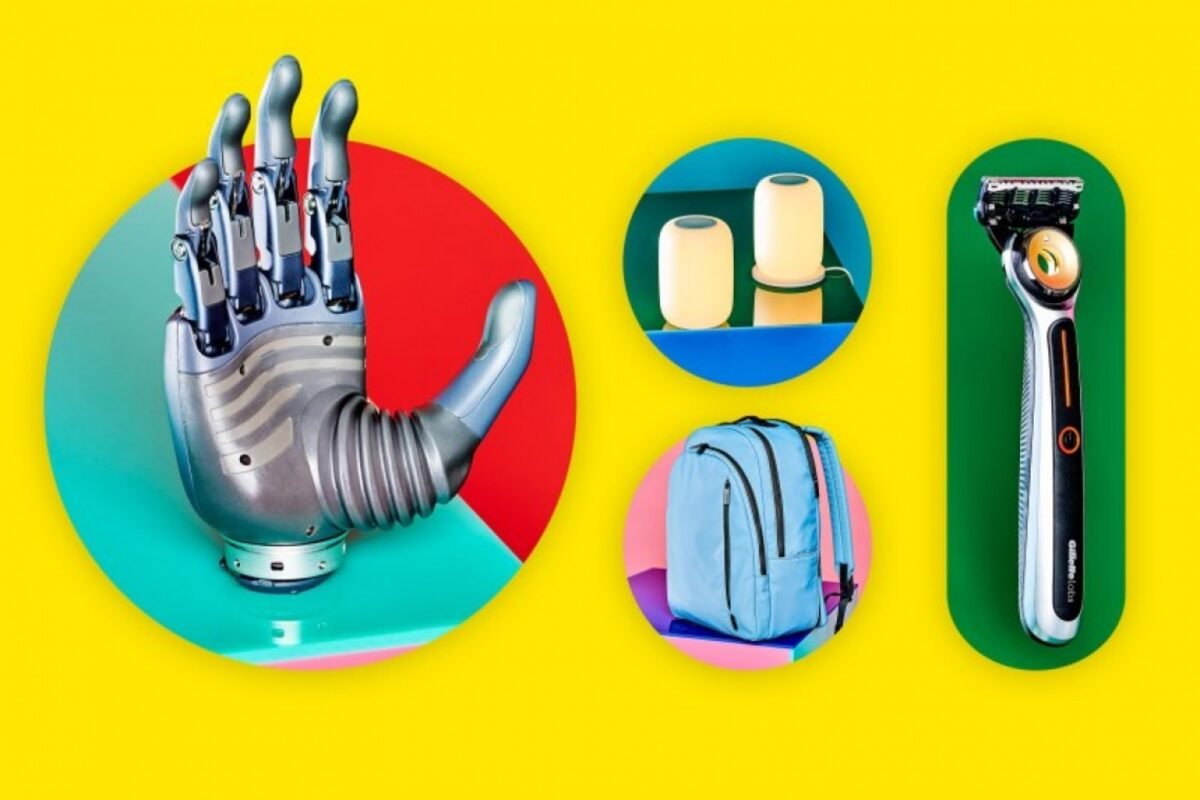
Annually TIME highlights the best inventions of the year that are making the world better. These inventions are placed into different categories such as Accessibility, Augmented & Virtual Reality, Consumer Electronics, Beauty, Design, Education, Entertainment, Experimental, Wellness, Sustainability etc. These show the amazing new cutting-edge inventions. Check out TIMES best inventions of 2021, looking at Apps and Software and Augmented reality and Artificial intelligence

Nao is the name of a small humanoid robot created to interact with people. The robot is currently being used in healthcare. These robots are used to assist in surgeries, pediatric healthcare, Senior living, autistic special education and physical therapy.

Robots teaching autistic children
Many humanoid robots are now being used to interact and teach children in the spectrum. Many autistic children need an extensive amount of therapy, some up to 20 hours a week. The advancement of socially-assistive robots in recent years has opened up a promising new way for autistic patients to get more affordable and personalised therapy and care. Robots can help children on the spectrum connect and do not become impatient or annoyed with them.

Elon Musk plans to launch a chip for paralysed people
Elon Musks’ company Neuralink is creating a chip that would be implanted in a person’s skull, with electrodes fanning out into their brain. From the chip, an array of tiny wires, fan out into the patient’s brain. The wires are equipped with 1,024 electrodes that are able to monitor brain activity and, theoretically, electrically stimulate the brain. This data is transmitted wirelessly via the chip to computers, where it can be studied by researchers.
Subcategories for Fringes and Frontiers in science and technology / Vocabulary to understand
Virtual Reality
Great ways virtual reality is being used to help humans include.
- Reducing pain for burn victims by immersing them in a snowy world while their bandages are changed.
- It helps people with phobias to overcome their fear such as fear of heights, fear of spiders or body dysmorphia.
- It is also used in physical therapy, such as helping elderly people with their balance.
Things we need to be cautious about Virtual Reality
- Within the next five years, we will be unable to distinguish visual computer-generated content from the real world.
- Ethical Questions
A.I
Artificial Intelligence refers to the intelligence shown by machines and robots. This includes the ability to perform tasks seen as advanced or challenging.
Bionic Humans
This refers to merging man and machine. This means a human who has bionic implants etc. These are highly advanced pieces of technological equipment that are merged with the human body.
Augmentation of humans
Human augmentation refers to the ability to perform actions with the aid of prosthetics or other technological equipment. This focuses on creating cognitive and physical improvements as an integral part of the human body. An example is using active control systems to create limb prosthetics with characteristics that can exceed the highest natural human performance.
Biohacking
Biological experimentation on the human body uses genes, implants or drugs to improve the human body’s qualities.
Designer babies
Babies whose genetic makeup is altered and changed to exclude specific genes associated with disease and disorder. The genome may be edited before birth or specifically selecting particular embryos. Often couples at risk of having a child with severe or life-limiting diseases like cystic fibrosis or Duchenne muscular dystrophy have used preimplantation genetic testing (PGT) to make sure through in vitro fertilization (IVF) that they do not select the disease-causing gene.
Afrofuturism
A term coined by Mark Dery in 1993 to define a cultural aesthetic that explores African experience, history, science and the African diaspora. Afrofuturism originated in American African science fiction but now defines various media from literature to music.
Immortality
Immortality refers to the ability to live forever and be exempt from death- an unending existence. The concept of immortality has come a long way, with many theorists and scientists believing that in the future new technologies can aid in extending human life. Some believe that digital immortality will allow for the advancement of human life.
Simulation
A simulation is a model which copies the operation of an existing system. When you simulate an environment, you create a copy of a particular environment within systems that can emulate certain activities and experiences.
Videos to watch
Further Recommended Research
Movies to watch are Ghost in the Shell, The Matrix (2000), Iron Man 2, Big Hero 6, Ready Player One.
Topic Hereos to watch out for
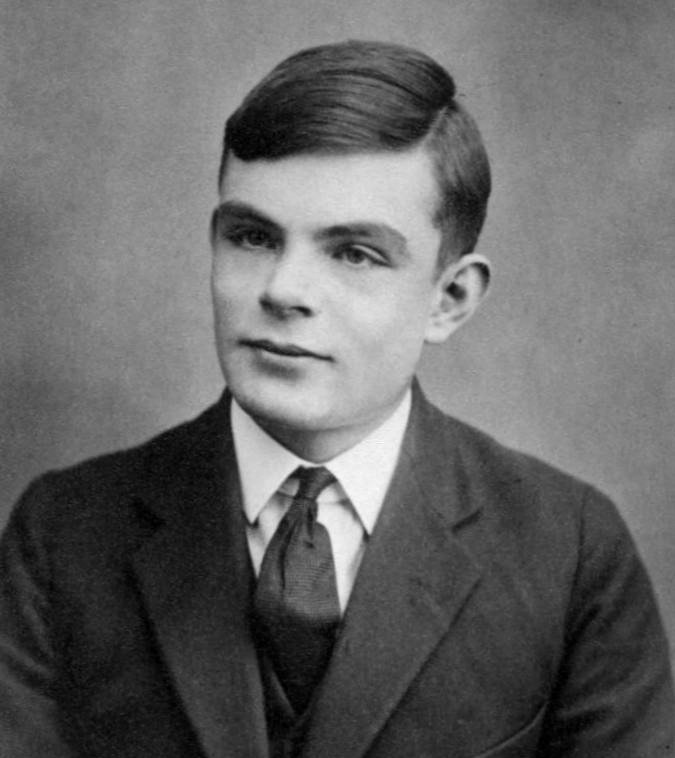
Alan Turing (1912 – 7 June 1954) was an English mathematician and computer scientist. He is widely considered to be the father of theoretical computer science and artificial intelligence. The movie The Imitation Game is based on Turning’s invention of the complex computer and algorithms. Turning is portrayed by the talented Benedict Cumberbatch.

Musk is at the forefront of new technological advancements and science. He is the Ceo and Chief Engineer at SpaceX, Ceo of Tesla, Inc and the co-founder of Neuralink and OpenAI.

Zuckerberg who is primarily known as the CEO of the social media platform Facebook is also creating the Metaverse. A Metaverse is a network of 3D world environments and worlds. in 2021 Zuckerberg renamed Facebook Meta Platforms and explained that declared that the company is working on creating the metaverse.
Artists that have already addressed this topic
1. Eddy Kamuanga Ilunga
Eddy Kamuanga Ilunga’s work explores the cultural shifts in contemporary Congolese society and the effects of globalisation on indigenous heritage and identity. He explores the seismic shifts in the economic, political and social identity of the DRC that have taken place since colonialism. He combines traditional African art and scenes with new technologies and circuitry.
2. Osborne Macharia
Kenyan photographer Osborne Macharia and illustrator draws attention to the untold stories of African people. He creates afro-futurist characters who invoke Kenya tribe members. He creates figures who mix technology with traditional dress.
3. Elsa Bleda
Bleda is a South African artist and photographer who captures dreamy photographs of the city. Her exhibition Memories of Dreams combined her photography with an iPad which let the viewer enter a virtual reality environment.
4. Wangechi Mutu
Mutu is a contemporary Afro-futurist Kenyan artist known for her work on gender, race, art history, and personal identity. She creates complex collages featuring mysterious leitmotifs such as masked women.
5. Morehshin Allahyari
Allahyari is an Iranian artist whose work questions the relationship between technology and art activism. Questioning ideas of digital colonialism.
Possible Solutions
- Robots used in the Health Care system
- Children without disease
- Prolonged lifespans
- Curing injuries and paralysis
- Global interaction and involvement through online platforms

